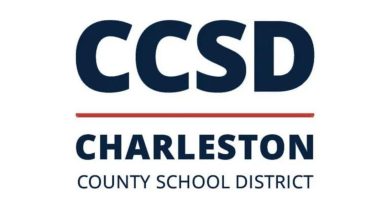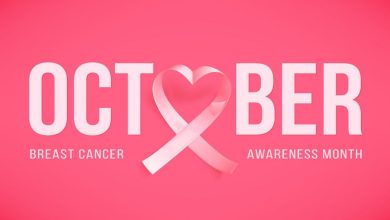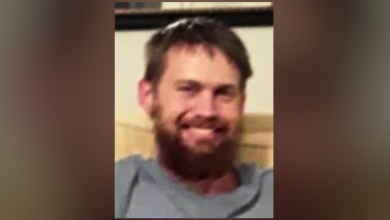Charleston, South Carolina – Of all the challenges still facing the victims of Hurricane Laura, which ripped through Louisiana and neighboring states late last month, add the vagaries of our national news cycle.
The region, particularly around Lake Charles, La., is still very much struggling to recover, but its plight is not as visible these days due to raging Western wildfires, the COVID-19 pandemic affecting the return to schools and colleges, racial tensions and a highly charged presidential race.
Nanette Cagney, who grew up in Charleston and is pastor of St. Andrew Presbyterian Church in Lake Charles, learned Friday that her electricity had been restored, but she still is living in her camper a few hours away because her home has a damaged roof.
“We already feel a little forgotten on the national level, so nobody is looking for the nation to come in and save us,” she told us. “The upside of this is it’s really brought the community and neighborhoods together to work for recovery. The community is rallying, but it’s going to be quite a struggle.”
Such is the nature of national news coverage, but we can all help write a better ending to this story. The relative obscurity of Laura’s victims mirrors that of the victims of the hurricane-like derecho storm that ripped through Iowa in early August.
It’s the kind of story we’re all too familiar with, having had our own brushes with serious storms. Charleston tasted a bit of this media phenomenon in 1989 after Hurricane Hugo hit.
The storm’s damage received extensive coverage nationally at first but the country’s focus notably shifted almost a month later, when a devastating earthquake struck San Francisco during a World Series game.
South Carolina and the Charleston region have rallied to support Laura’s victims, sending power, search and rescue, and other disaster relief crews there in the immediate aftermath. But it’s important for us to keep in mind that the need is still there and will be for some time to come. We can, and should, continue to try to help.
Last week, the American Red Cross in Louisiana was sheltering about 23,000 residents, up about 3,000 from the previous weekend.
About 134,000 people remained without power more than two weeks after Laura struck, and it is expected to take a few more weeks before all power is restored. Hospitals, schools and other community anchors need work, and the pandemic is making it more challenging for volunteers on the ground.
The Community Foundation of Southwest Louisiana, the Salvation Army and Catholic Charities, among others, are actively helping feed, house and otherwise support victims. All are worthy of our contributions and support.
“It will take probably a decade to fully recover,” says Rev. Cagney, whose church also suffered damage to its roof and walls. “The bad part is this hit during COVID, an election year, racial tension. The last thing on the agenda is this little town of 80,000. It’s the perfect storm, no pun intended.”
Our own experience with, and ongoing vulnerability to, powerful storms has left us more aware of the long struggle those in Lake Charles face. It’s important that we keep them in mind even after others have moved on.





Leave a Reply
You must be logged in to post a comment.